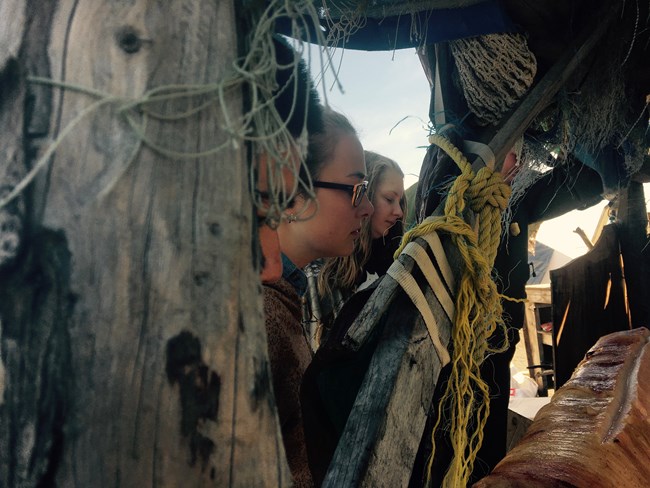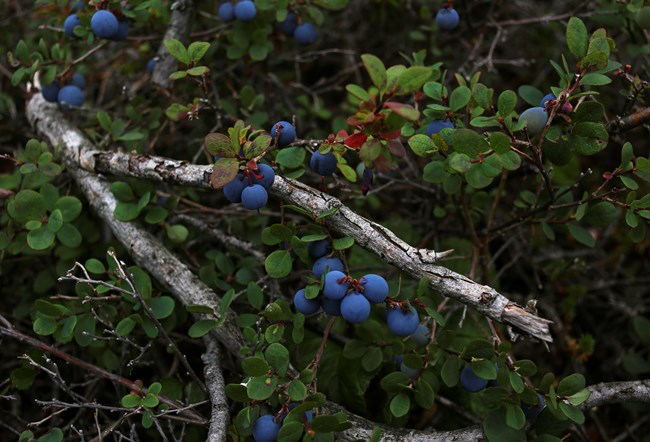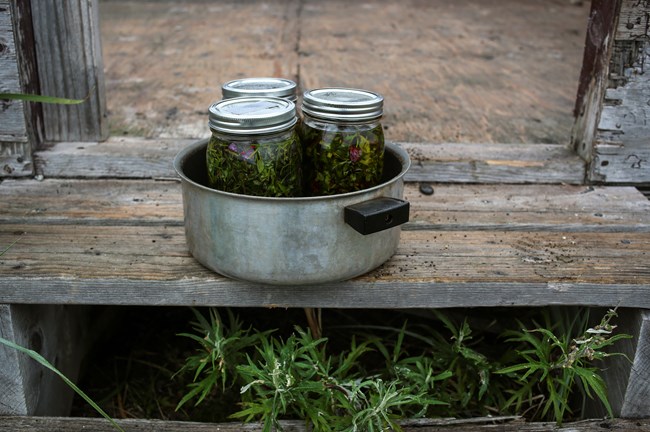
NPS Photo/Doug Demarest Community storyAlong the beach ridges stretching back from the coast, evidence of 4,000 years of seasonal subsistence camps is preserved. 200 generations of people have hunted marine animals and fished along the Chukchi Seas, and that tradition continues today. 
NPS Photo Subsistence defines the seasons as much as the weather in Northwest Alaska. Whitefish season gives way to salmon season, just as sure as summer is followed by fall, and people organize their lives accordingly. Many families leave their homes in the nearby villages and spend their summers at subsistence camps in the Monument, taking advantage of the long hours of sunlight to set nets for salmon and whitefish, and to pick wild greens and berries on the tundra. Visitors to Cape Krusenstern National Monument need to be sensitive to these activities and not interfere with the age-old subsistence harvests taking place in the monument, especially during the key seasons of summer and fall.

NPS Photo/Emily Mesner Laws and Subsistence in Cape KrusensternThe Alaska National Interest Lands Conservation Act (ANILCA), the legislation that established Cape Krusenstern National Monument and many other Alaskan national parks, specifically protects subsistence harvest by local residents. Subsistence is vital to the everyday survival of many rural Alaskans. It preserves both the traditional way of life and generations of accumulated knowledge in Northwest Alaska. Provisions in ANILCA established a Subsistence Resource Commission (SRC) for Cape Krusenstern National Monument, providing a venue for local subsistence users to participate in the management of their land. 
NPS Photo/Emily Mesner Learn more: Northwest Arctic Trade Fair (U.S. National Park Service) (nps.gov) The Vulnerabilities of Cultural and Paleontological Resources to Coastal Climate Change Processes in Northwest Alaska (U.S. National Park Service) (nps.gov) |
Last updated: August 4, 2023
